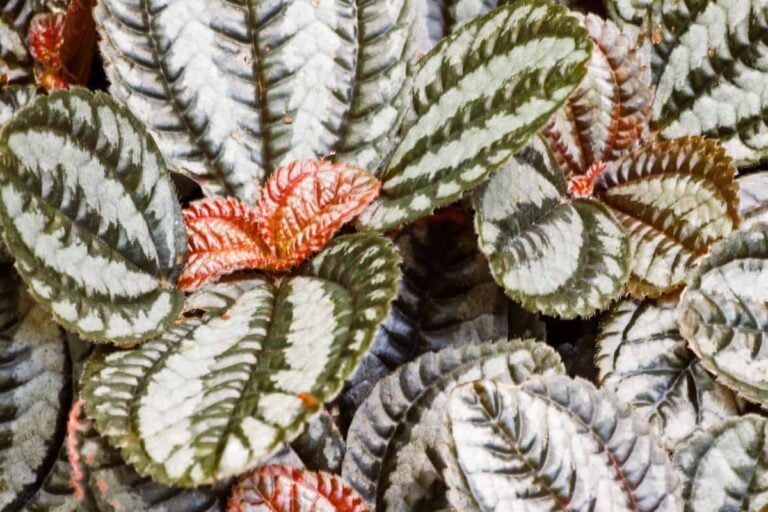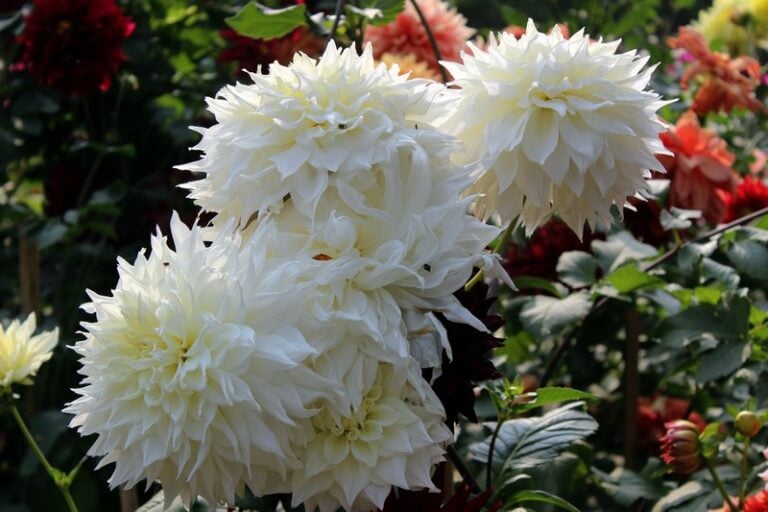Help Yourself to this Handy Kentia Palm Guide
Kentia Palms, also called the Howea Forseriana or Thatch Palm, are an Arecaea palm native to Lord Howe Island, Australia. They grow slowly but reach impressive sizes, up to 33 feet tall and 20 feet wide in optimal outdoor conditions. The fronds are also substantial, sometimes growing to 10 feet in length. Though they require tropical temperatures to grow properly outdoors, you can also raise Kentia Palms indoors, making them suitable as an elegant house decoration (provided you follow some careful steps to raise them right).
Facts About Kentia Palms
Though they can grow indoors and across tropical climates, Kentia Palms are considered “Vulnerable” by the International Union for Conservation of Nature. The plant is on the “Red List,” and prospective owners will likely receive a specimen from seeds that were cultivated directly on Lord Howe Island. The distribution of these seeds is highly regulated in an effort to protect this rare species.
As for the plant’s structure, the Kentia grows as a single trunk from which all of the derivative palms grow. The Kentia Palm’s leaves are a deep green and have a pronounced arch, as palms tend to do. Indoors, they’ll reach heights more manageable than their outdoor counterparts, usually up to 8 feet. Unfortunately, you cannot prune Kentia Palms to manage their height. If they begin to outgrow their original location, you must move them to a more suitable spot to prevent them from dying.
The number of fronds that sprout on this plant is dependent on the amount of light they are exposed to. In low light, you should expect fewer fronds, perhaps 4-6. With greater levels of (indirect) light, you might see as many as 12 fronds growing from the plant. Kentia Palms will occasionally flower, producing white flowers and a red, egg-shaped fruit.
This stunning appearance, combined with their hearty nature, makes them a good choice for living rooms and offices. Don’t abuse their robustness, though; the plants still require proper care to stay as healthy as possible.
Planting Kentia Palms
As mentioned, Kentia Palms can grow indoors and outdoors. No matter which location you choose to grow yours in, you’ll have to choose your exact spot carefully. Outdoors, you’ll need to to find a semi-shady area to foster the palm’s growth. Make sure the soil will provide suitable drainage, then prepare the ground with an all-purpose fertilizer. Dig a hole deep enough to cover about 2/3rds of the root ball, then cover.
Water your outdoor Kentia regularly, but don’t overdo it. Overwatering the Kentia can produce drooping, discolored fronds with yellowing tips and brown splotches. Underwatering your Kentia will lead to a similar outcome, so monitor and balance your plant’s water levels closely.
Indoors, you should plant your Kentia in a sizable pot and position it in an area with plenty of light. The Kentia will survive in low light but will thrive with ample amounts of indirect sunlight. Ensure that the pot has ample drainage and a container for collecting excess water. During the winter you won’t need to water your Kentia as much (only when the soil becomes too dry). During the rest of the year, stick to watering your palm on a regular weekly or bi-weekly schedule.
If your Kentia grows too large for its pot (or your ceiling), you’ll have to transplant it. Make sure to do so very carefully. The roots of this plant are fragile, so overhandling them will cause damage. Thankfully, you won’t have to do this too often, as Kentia grow slowly. At most, you might have to transplant yours once every three years.
Caring For A Kentia Palm
Outdoors, you’ll need to fertilize your Kentia once a season during the Spring, Summer, and Fall. A balanced, slow-release fertilizer should do the trick. Sprinkle this over the soil where the Kentia is located, and water thoroughly. You should also make a habit of trimming away dead foliage from your Kentia twice a year. Use pruning shears, and make sure they are sufficiently sharp and well-sanitized before taking them to your palm leaves.
Indoors, your plant will require more work. Stick to your watering and fertilization schedule as you would if the Kentia were outdoors. Cut your fertilizer to half-strength before applying it to the pot. Trim dead leaves away from the Kentia in the same manner. You will also have to clean dust away from the leaves once a month to discourage spider mites. A rag and a spray bottle should be more than enough to accomplish the task.
In the event that spider mites do take residence on the plant, you’ll have to kill them before they can do irreparable harm to your palm. You can perform a visual examination to determine if the mites are present (they are hard to see, but are red in color and will show up against a white background). Remove the mites with water, then trim away the most heavily infested leaves. Finally, spray your plant with a soapy solution to discourage the mites from returning.
Additional Care Instructions
Your Kentia will be in good hands if you follow the above guidelines. To continue caring for your palm properly, keep the following in mind:
- Kentia do best in temperatures between 65-75 degrees Fahrenheit. They can survive at temperatures as low as 55 degrees, but no lower.
- Moderate indirect light is best for Kentia growth. Don’t keep them right in front of the window, rather, position them in well-lit room but off to the side.
- You should monitor water levels to make sure your Kentia isn’t getting too much or too little. If the leaves start to yellow or develop brown spots, this is a sign that you’re watering either too much or not enough.
- Kentia thrive in humid environments, and too little moisture will attract the dreaded spider mites. Too much moisture, on the other hand, can cause rotting, so be careful.
- Don’t repot your Kentia too often. Give your palm time to grow naturally and only repot when the plant is at risk of becoming pot bound.
Photo By Black Diamond Images Licensed Under CC By 2.0



